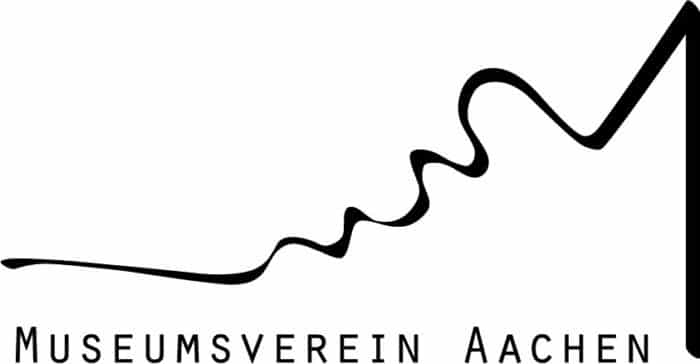The historic house at the Hühnermarkt has around 300 Dutch tiles from a private collection on display. In combination with its own inventory of historical ceramic tiles from the Ludwig Collection, the Couven Museum thus offers a comprehensive insight into home living in the 16th to 19th centuries.
Decorative ceramic tiles originated in the Middle East, making their way first to Spain and ultimately to the Netherlands, where by the end of the 16th century numerous factories were specialising in the production of faience and tiles. In the 17th century the Netherlands experienced an economic and cultural heyday, often referred to as its “Golden Age”. Prosperity resulted in the rapid growth of the cities, and the middle classes maintained town residences and country estates that were lavishly decorated with tiles.
During the 17th century, the range of pictorial motifs expanded to include scenes of daily life. Such depictions of everyday life placed less emphasis on realism and more on instant recognition. On an area of 13 x 13 cm, the artists succeeded in depicting small image worlds that were at the same time representations of the real world. The Baroque understanding of art and decoration required the decoration pattern on the walls to be an integral whole. The pictures on the tiles were designed to serve this specific taste. And so we find that the animals are often depicted jumping in the same direction and that the figures often stand in the same landscape – in essence, uniformity over individuality.
The motifs of the wall tiles include flora and fauna, landscapes and recurrent portrayals of people at work and at play. On the so-called “children’s games” tiles, the little ones are depicted playing marbles (“Knikkeren”), riding hobby horses (“Stockpaardje”) or playing badminton. On the “Ambacht tiles” we find portrayals of a range of handicrafts, for example a cobbler and a tanner at work. Soldiers in contemporary uniform perform military drills; magnificent horsemen sit high on prancing horses. Landscape tiles show coastal scenes with ships out at sea and, of course, the obligatory Dutch windmills.
Opening:
Sunday, 04.12.2005, 11.00
24.12., 25.12. und 31.12.2005 closed
01.04.2005 ab 13.00 open
3,00 Euro / 1,50 Euro
Further information (German):
Geschichte der Fliesenkeramik
Kinder im Couven
Museumspaedagogisches Angebot
Booking:
Museen der Stadt Aachen
Wilhelmstraße 18
D – 52070 Aachen
Tel +49 (0)241 / 47980-0 / -20
info@suermondt-ludwig-museum.de
www.suermondt-ludwig-museum.de
13 x 13. De wereld in kwadraat
Nederlandse tegels uit privé bezit
Vanaf 4 december 2005 t/m 30 april 2006 toont het Couven-Museum ongeveer 300 Nederlandse tegels uit privé bezit. Als aanvulling op de historische tegelkeramiek uit de verzameling Ludwig wordt zo een uitvoerig inzicht in het leven en het lef- en wooncultuur verleend van de 16de tot de 19de eeuw.
13 x 13. The world as square
Dutch tiles from two rhenish private collections
From 4th December 2005 to 30th April 2006 the Couven Museum shows about 300 Duch tiles from private collection. In connection with its own stock of historical tile ceramics from the collection Ludwig, the exhibition gives an extensive insight into the life and domestic culture from the 16th to the 19th century.
13 x 13. Le Monde en carré
Carreaux néerlandais de collection privée
Du 4 décembre 2005 au 30 avril 2006 le Musée Couven montre environ 300 carreaux néerlandais de possession privée. En liaison avec son ensemble de la céramique de carreaux historique de la collection Ludwig, un aperçu global est accordé dans la vie quotidienne et les conditions de logement du 16ème au 19ème siècle.









